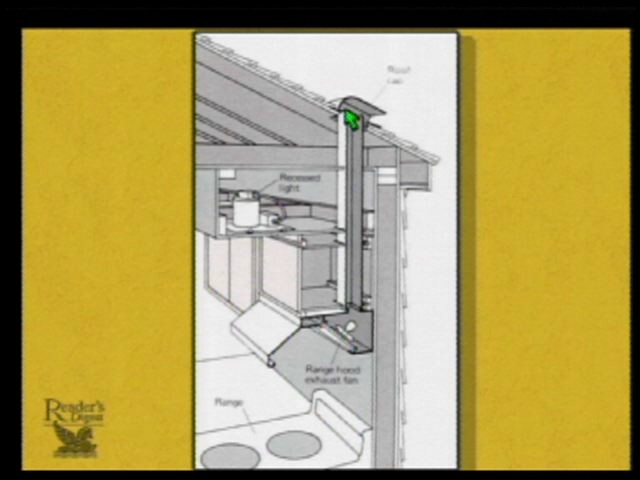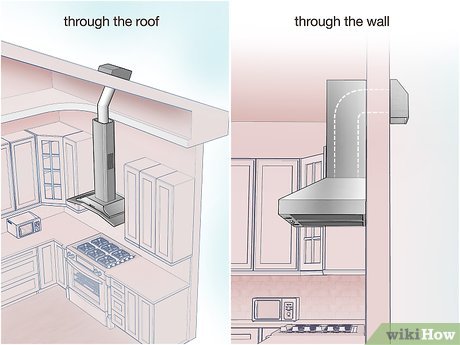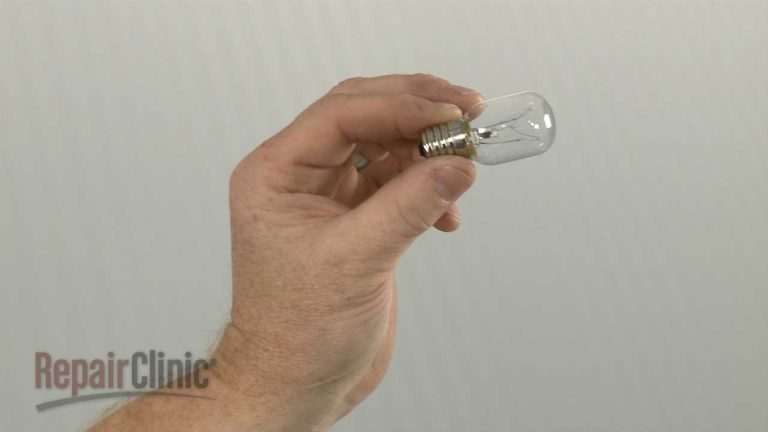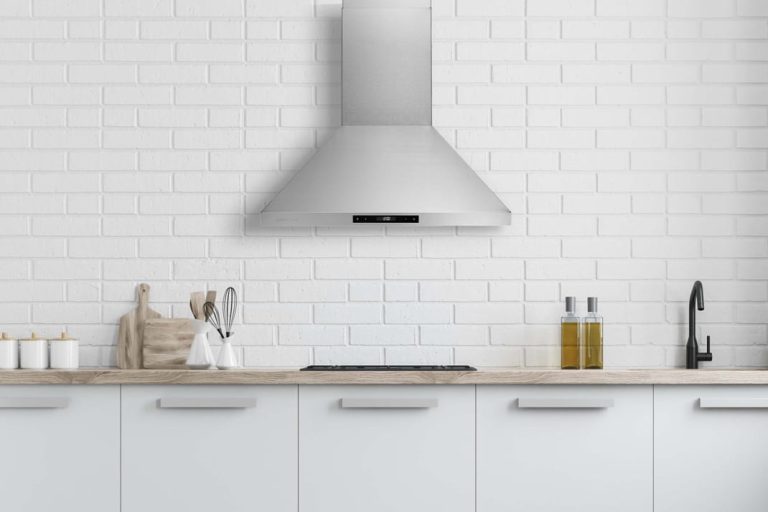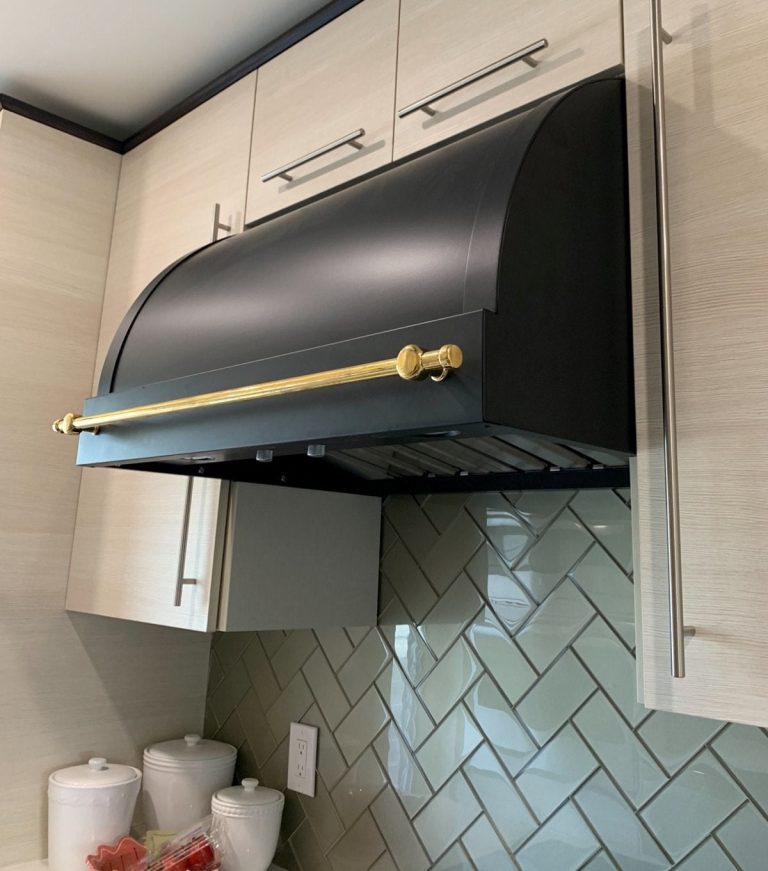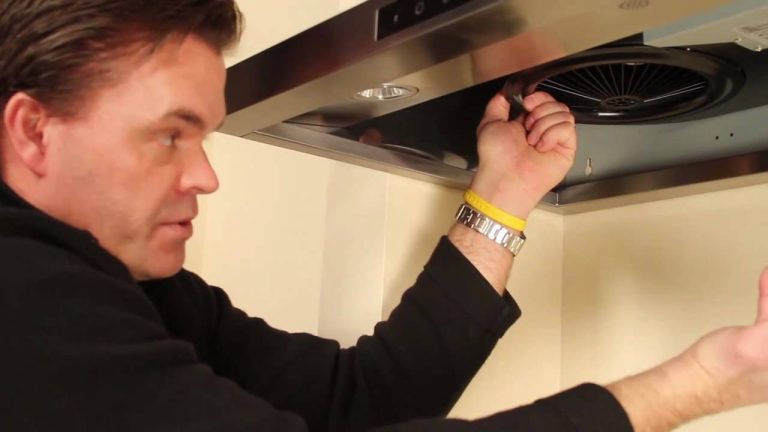How Long Can a Range Hood Vent Be: Maximize Efficiency
A range hood vent can typically be up to 30 feet long for ducted installations. For optimal performance, keep the length under 20 feet whenever possible. Installing a range hood vent requires careful consideration of its length and configuration. Proper venting ensures efficient air circulation, removing smoke, odors, and grease from your kitchen. A longer…

